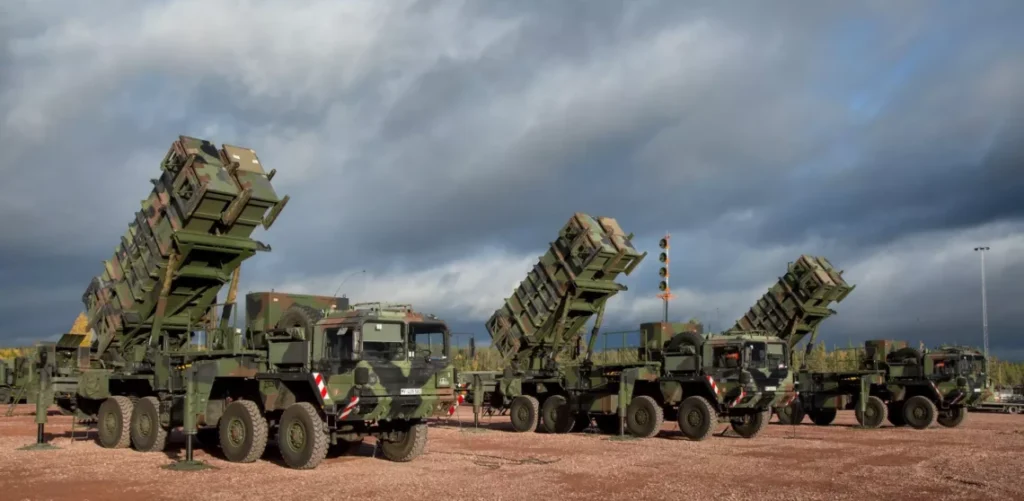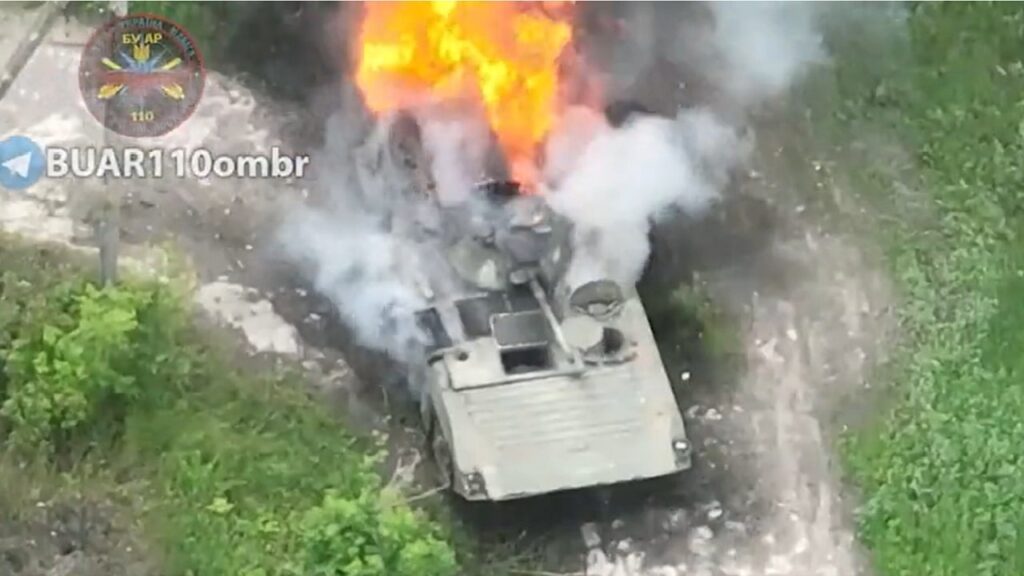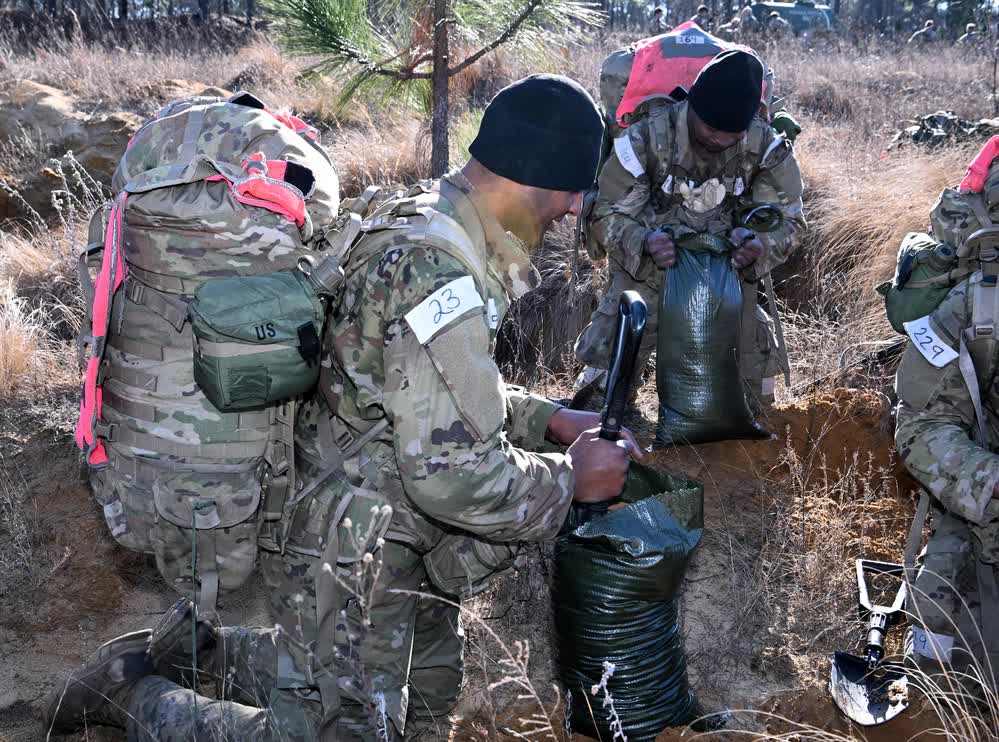In early June, the Ukrainian military unleashed its long-anticipated counteroffensive in the eastern and southern parts of the country.
Progress has been slow due to the extensive Russian defensive lines that are several miles deep in many parts of the 600-mile-long contact line.
But while Ukrainian sappers and tankers are trying to breach the Russian defenses, Moscow continues to launch ballistic and cruise missiles as well as suicide drones against Ukrainian urban centers and critical infrastructure, undermining Ukraine’s offensive operations and the country’s economy.
And yet, the Ukrainian air defenses are now much stronger than they ever were.
Ukraine’s air-defense capabilities
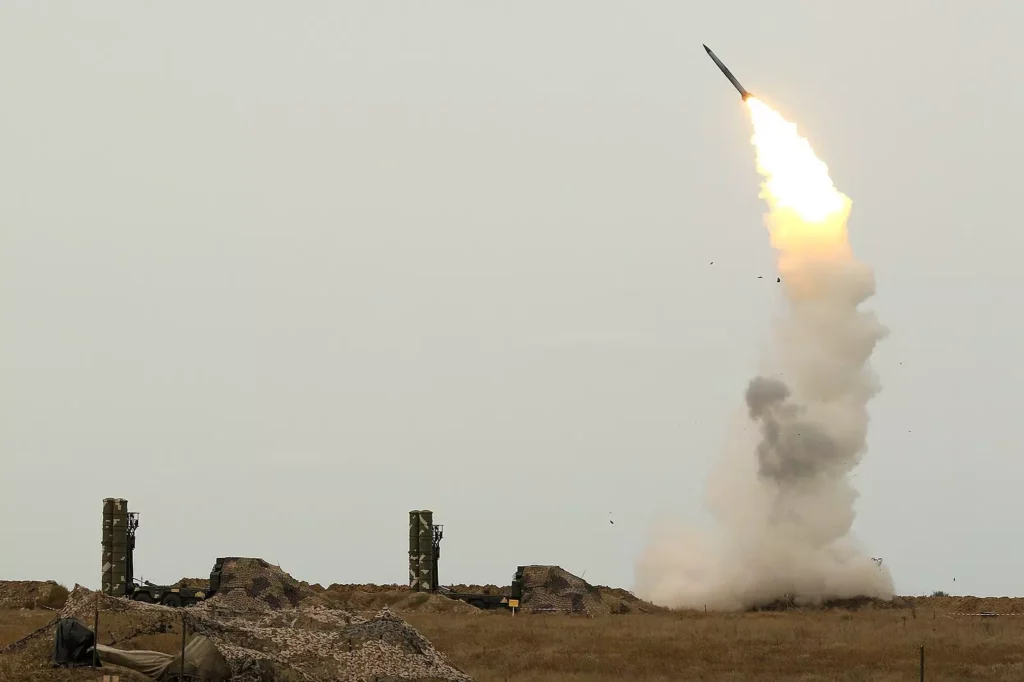
Because of the Russian invasion, Ukraine has received tens of billions worth of military aid from a host of countries from around the world.
The United States leads the way with more than $43 billion in security aid, but the United Kingdom, Germany, Poland, Canada, the Czech Republic, the Netherlands, and the European Union also help considerably. Scores of other countries are also contributing.
The Pentagon has sent or committed to sending 12 National Advanced Surface-to-Air Missile Systems (NASAMS), two MIM-23 Hawk, one MIM-104 Patriot air defense battery, and two MIM-23 Hawk air defense systems.
Germany has sent six IRIS-T systems (and 12 launchers) and one MIM-104 air defense system, as well as hundreds of munitions. The Netherlands has sent two MIM-104 Patriot air defense systems as well as 12 AIM-120 munitions for the NASAMS.
Moreover, Norway has sent two NASAMS and spare parts for the weapon system. Canada has also committed one NASAMS battery with 12 AIM-120 Advanced Medium-Range Air-to-Air (AMRAAM) missiles. In addition, in June, Lithuania bought two NASAMS for Ukraine, though it will take some time before they are delivered to the Ukrainian military.
Related: Ukrainian forces are using a clever and cheap method to take out Russia’s best tanks
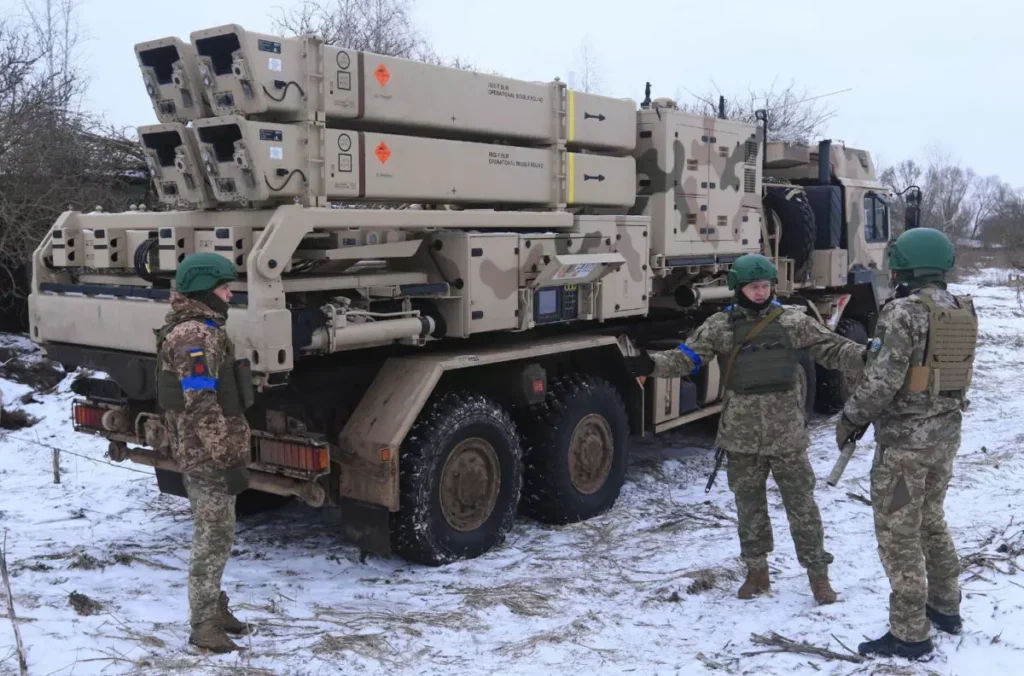
In addition, the Ukrainian military can field a wide range of short-range air defense systems, including 9K35 Strella-10s, Gepards, Stormers, and AN/TWQ-1 Avengers, among other SLM weapon systems.
On the portable level, the West has delivered Ukraine more than 3,000 FIM-92 Stinger anti-aircraft missiles as well as Starstreak man-portable aid defense systems.
But before the West could send these air defense systems to Kyiv, the Ukrainian military had to fend off the Russian Aerospace Forces, one of the largest in the world, with just what it had. And through careful planning and excellent operational security, it managed to do so.
Beyond this Western equipment, the Ukrainian military continues to operate Russian-made S-300, 2K12M2 Kub-M2, and AS-10/11 Buk air defense weapons.
Related: Russian military is using suicide tanks to stop Ukraine’s counteroffensive
Disperse to fight another day
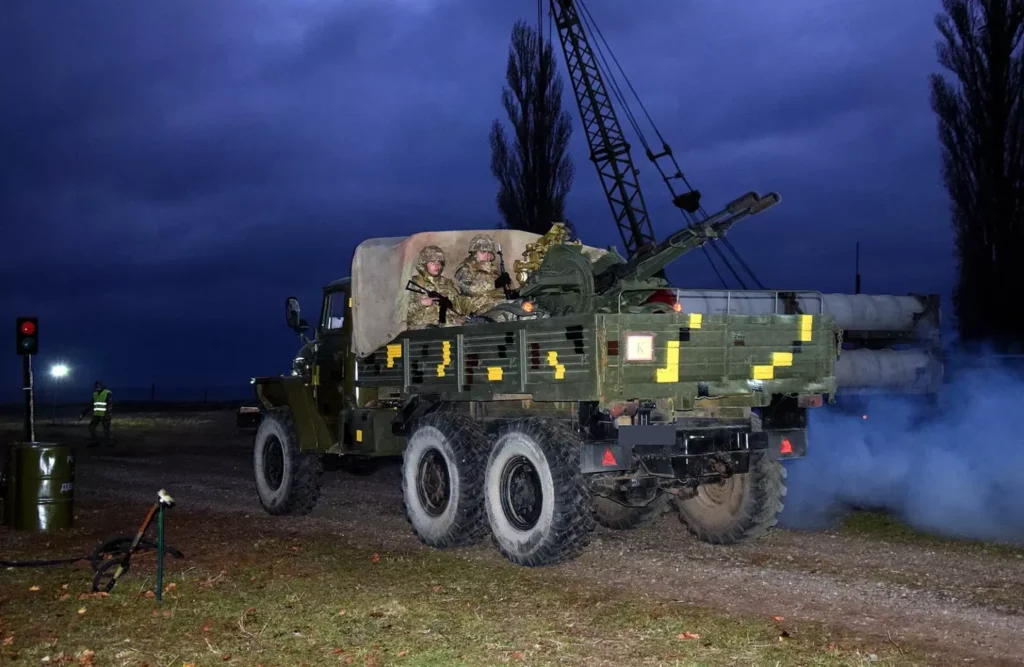
As the war in Ukraine has shown, a military’s ability to disperse its forces before or during hostilities can play a critical role. Take, for example, the case of the Ukrainian air defenses.
In the opening hours of the war, the Ukrainian Air Force dispersed its air-defense systems throughout the country, thus ensuring that the first waves of Russian missiles and air strikes missed them.
In the following days, the Ukrainians kept moving around their air defenses, not even telling the U.S. where they were. As a result, more than 90 percent of the Ukrainian mobile air defense systems survived the crucial first days of the conflict.
The systems that survived prevented the Russian aerospace forces from achieving air superiority over the battlefield. Without air superiority, Russian aircraft couldn’t support ground forces effectively, allowing the Ukrainians first to stop and then to push back the Russian mechanized columns pushing toward Kyiv and other major urban centers early in the war.
Although there are many reasons why the Russian invasion failed to achieve its goals in the opening days of the conflict, the survival of the Ukrainian air defenses is a major one.
Read more from Sandboxx News
- Hell in the Highlands: Losing a warrant officer in the mountains while moving against Korean positions
- Russia is using deadly air tactics to stop Ukraine’s counteroffensive
- Country music star Craig Morgan re-enlists in the Army to boost recruitment
- Why do officers have a higher success rate than enlisted men at becoming Navy SEALs?
- The Marines’ new drone-truck can take out enemy ships from 1,000 miles out
